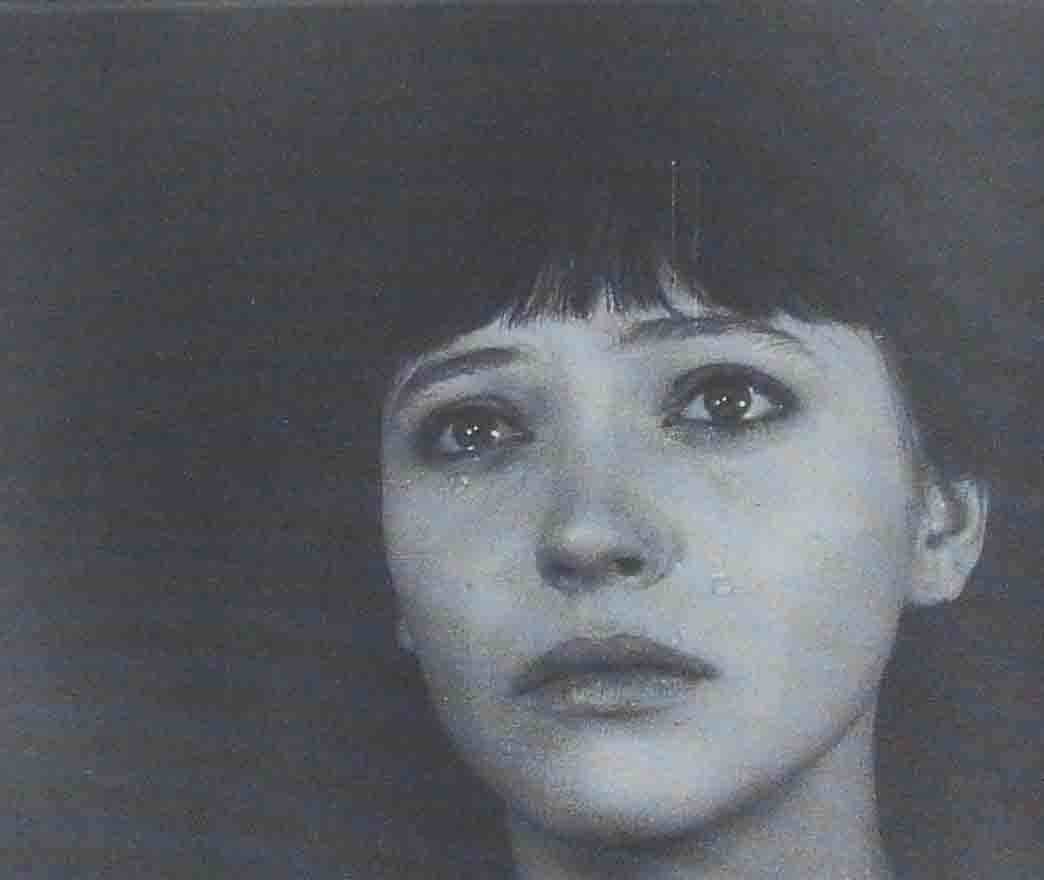Fassbinder was always very particular in how his films looked, especially as his career went on. Interestingly enough, as his films got more visual and specific, he stopped using a regular production designer. In terms of consistency, Kurt Raab, along with acting in many Fassbinder films, did production design on a good deal of Fassbinder films during the middle of his career including
The Bitter Tears of Petra von Kant, Fox and his Friends and
Mother Kusters Goes to Heaven.
For
Lola though, Fassbinder used Raul Gimenez and
Rolf Zehetbauer. Gimenez doesn't have much of resume (although he did act in Lola) and Zehetbauer, who previously worked Fassbinder on
Despair, went on to do production design for
Querelle ( this makes complete aesthetic sense) and after went on to work in Hollywood.
Lola is a movie of image and action. The story revolves around Lola - a high priced call girl, von Bohm - the town's new building commissioner, and the rest of the town - which mostly consists of corrupt white businessmen and prostitutes. It's a satirical look at capitalism, specifically the effects of the German economic miracle on Fassbinder's homeland of Germany, the images of
Lola create a sense of fantasy for what would otherwise be a story of realism. With this, the supposed "happy ending" of the film is called into question and one can begin to read the piece as a satire.
The majority of the action in the film takes place in the local brothel. The brothel is bathed in reds and blues and is decorated with shiny, frilly and blatantly material-esque goods. Lola's room in particular is full of dolls, frill and an overwhelming sense of frivolity. Combine this with the cotton candy hues and you have a visual story that outweighs the practicalities of plot.
As Vincent Canby wrote in the New York Times:
One of the more striking aspects of ''Lola'' is Fassbinder's extraordinary use of color. Scenes are sometimes shot in the subtle ways of chiaroscuro and sometimes with the blatancy of a piece of Pop art, as when, near the end, von Bohm is always seen in an electricblue light and Lola is drenched in pinky-lavender, even when they share the same film frame.
Likewise, outdoor scenes are filled with simplicity in terms of set design and light. Innocence is achieved and we understand briefly that the visual clues in
Lola are more indicative of Fassbinder's point than perhaps the actual outcome.
As Canby said above, von Bohn is lit with blues and Lola with pinky-lavenders. The scene where he realizes who she really is (and she thus gains her power - although she won' be aware of it herself until later) demonstrates how light plays a role. The realization features both characters in a light blue, lavendar-esque light and then proceeds to feature Lola's strip tease in harsh reds:







The violent nature of her dance in spirit and in aestheic signifies a major change for her - her chance (and von Bohm's for that matter) for an honest life, one of virtue and love, is over. The seedy underworld, a world of harsh red light, has won over. It is up to Lola to rise to the occasion and enter that world fully - otherwise she risks becoming an object totally and completely.
I think a good way to close this up may be to end with two quotes from Fassbinder himself:
It isn't easy to accept that suffering can also be beautiful... it's difficult. It's something you can only understand if you dig deeply into yourself.
Rainer W. Fassbinder
The more real things get, the more like myths they become.
Rainer W. Fassbinder














